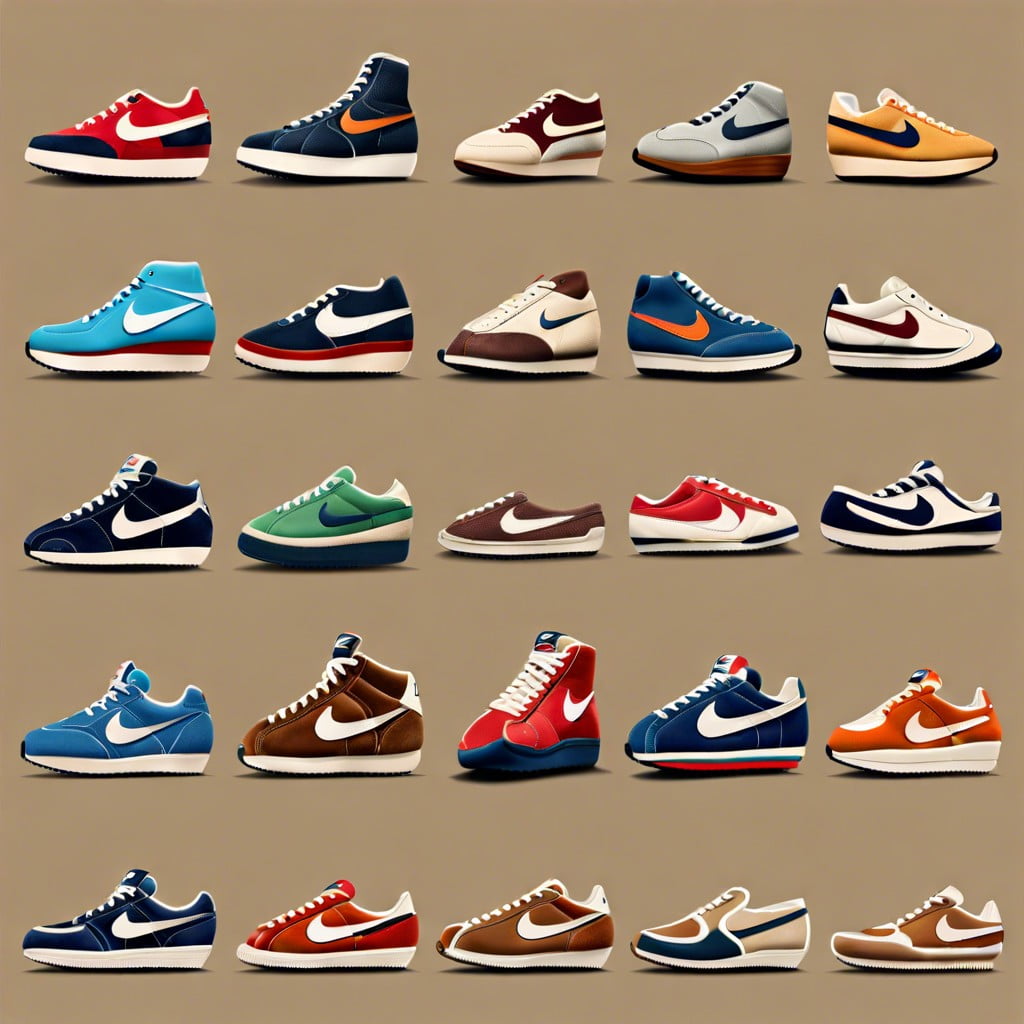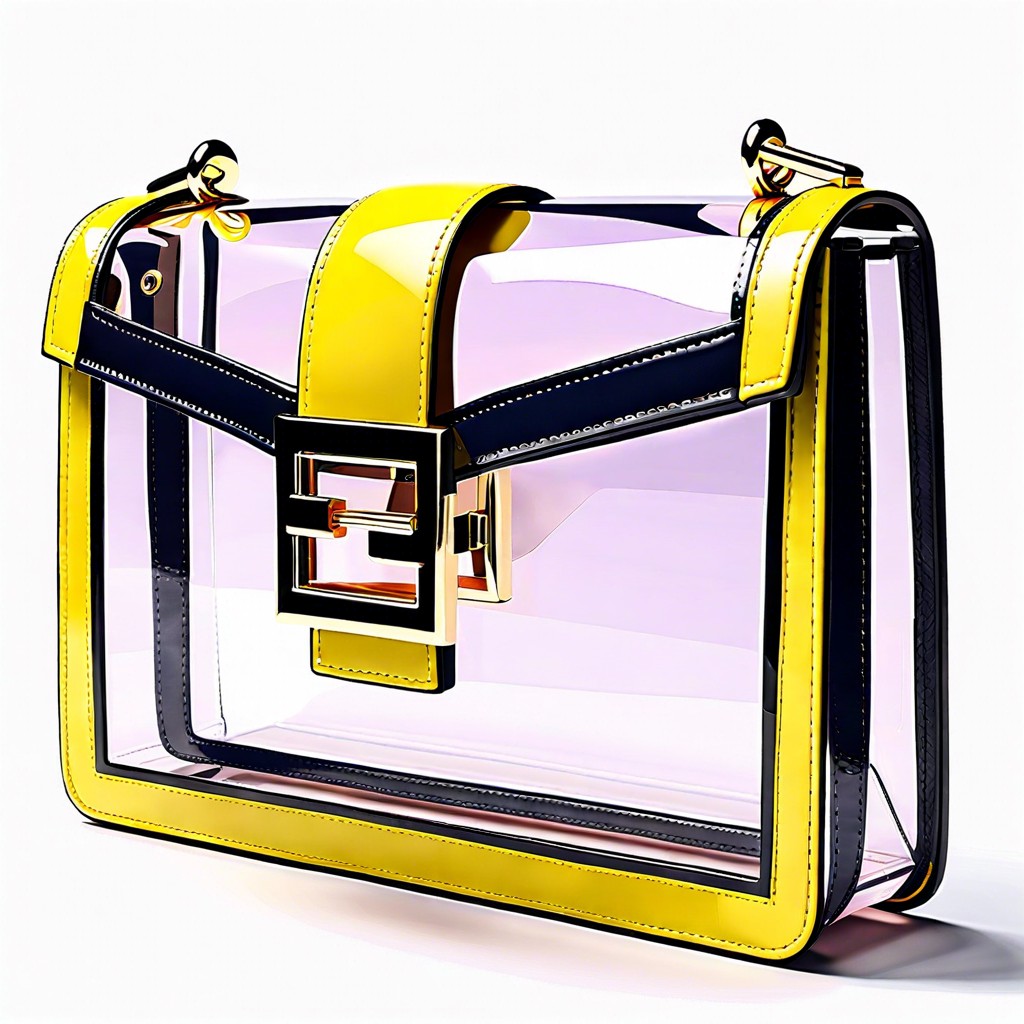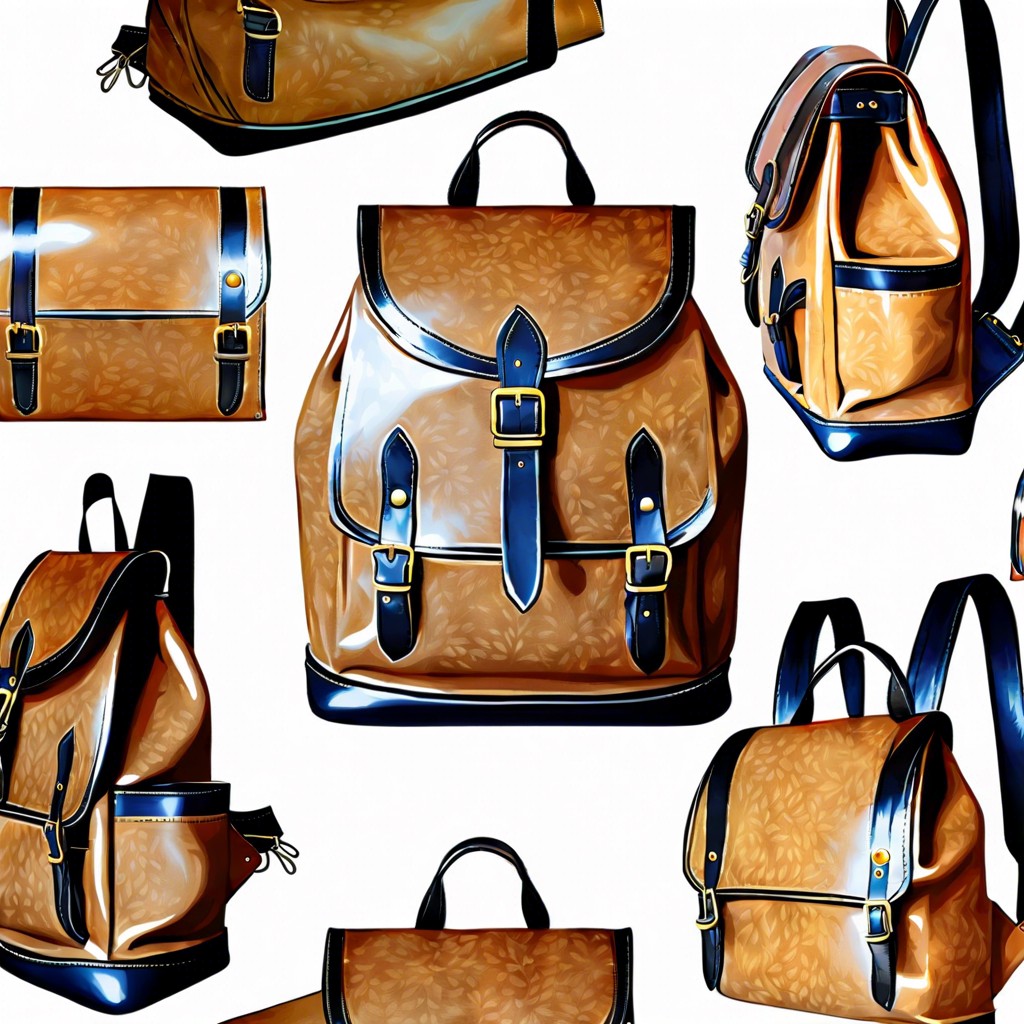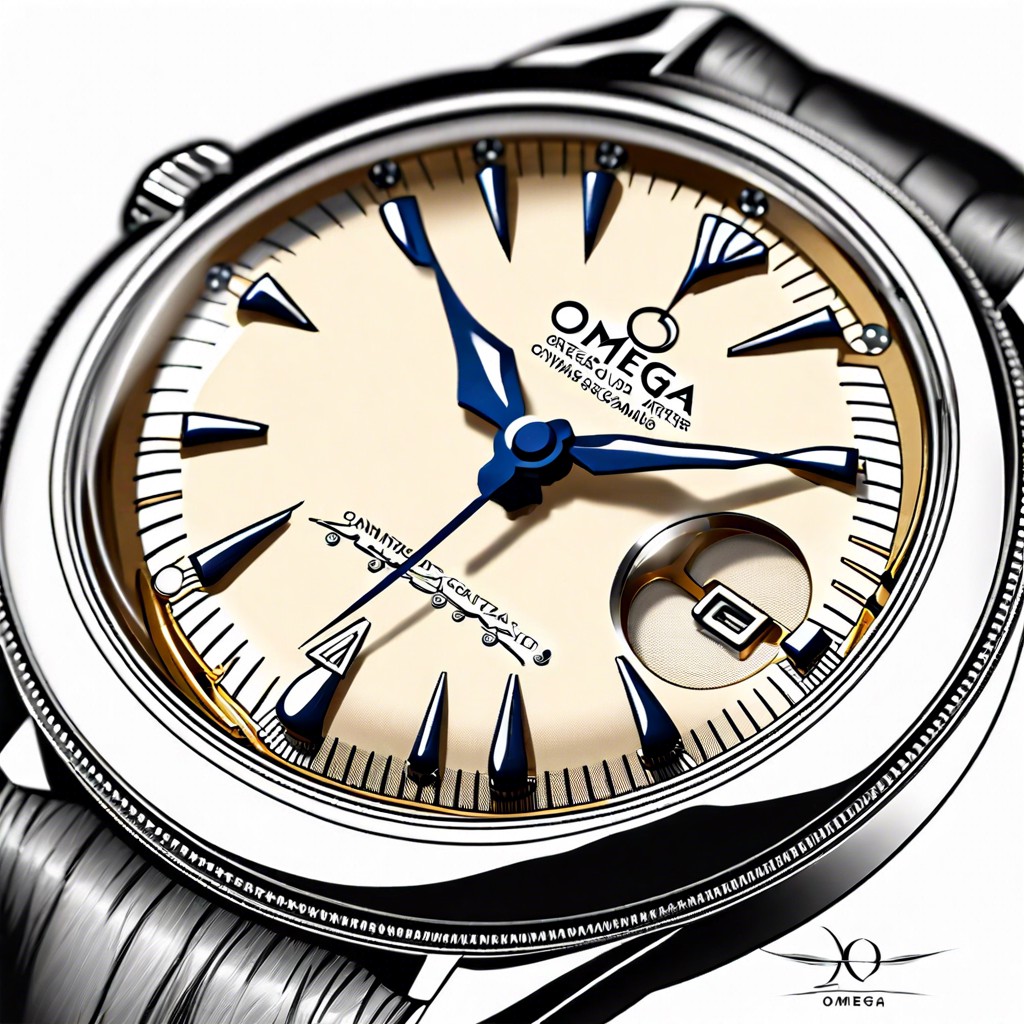Last updated on
Learn how to choose the best retro Nike shoes for your style and budget in this comprehensive buying guide.
Key takeaways:
- Retro Nike shoes blend classic aesthetics with modern comfort technologies
- Iconic models like Air Jordan and Air Max have significant cultural impact
- Collecting retro Nike shoes is a treasure hunt
- Authenticity, condition, and networking are key considerations for collectors
- Future trends include sustainability, collaborations, customization, and community engagement
Evolution of Retro Nike Shoes

Nike’s journey into the retro shoe market began as a nod to nostalgia, re-releasing beloved models from the past. Initially, these shoes catered to athletes who cherished the classic aesthetics combined with modern comfort technologies. As demand grew, Nike expanded its retro line to include various styles significant from the 1970s through the early 2000s.
Key models like the Air Max 1 and the Air Jordan series illustrate how technological advancements in cushioning and material use were milestones in shoe design during their respective eras. Each re-release often incorporates slight updates to materials and colorways, acknowledging current trends while respecting the original design ethos.
The strategy behind these retro releases is twofold: celebrating Nike’s heritage in sports and tapping into the lucrative market of sneaker collectors and fashion enthusiasts. This blend of history and market savvy continues to propel the popularity of retro Nike shoes, making old classics a permanent fixture in contemporary fashion.
Iconic Retro Nike Models

The Air Jordan 1, released in 1985, has become a symbol of both style and sport. Its design broke the NBA’s uniform rules, capturing attention and sparking a lasting trend.
Next, consider the Nike Cortez, which debuted in 1972. This shoe, originally aimed at distance runners, gained wide popularity for its comfort and sleek silhouette. It also appeared famously in the movie “Forrest Gump,” boosting its cultural stature.
Also significant is the Nike Air Max 1, introduced in 1987. This was the first model to feature visible air pockets in the heels, a technical innovation that drew not only athletes but also street style enthusiasts for its eye-catching look.
Each of these models underscores how design and cultural resonance can elevate a shoe to iconic status.
Cultural Impact of Retro Nike Shoes
Retro Nike shoes have woven their way into the very fabric of popular culture, marking milestones across fashion, music, and sports. Models like the Air Jordan and Air Max are frequently spotted in everything from blockbuster movies to iconic celebrity outfits, underlining their influence beyond mere footwear.
These shoes also serve as a canvas for self-expression, celebrated for their ability to capture both nostalgia and modernity in their design. Enthusiasts and casual wearers alike elevate their personal style by integrating these classic kicks into a contemporary wardrobe.
Moreover, the history encapsulated in each pair often sparks conversation from generation to generation, connecting people through shared tales of what these shoes have seen and done. This narrative quality has turned many into avid collectors and admirers, continuously fueling their relevance in society.
By wearing a pair of vintage Air Max 90s, you’re not just putting on shoes; you’re stepping into a piece of history and taking it forward.
Collecting Retro Nike Shoes
Collecting retro Nike shoes has evolved into a significant hobby for many enthusiasts. It’s like a treasure hunt, searching for rare and historic pieces that tell a story. Here are some key points to consider:
- Market Basics: Understanding market trends is crucial. Rare editions can surge in value, while others might maintain a steady appeal. Keep an eye on auction sites and sneaker forums to gauge which models are in demand.
- Authenticity Checks: Authenticity is paramount. Fake replicas are common, so learning to distinguish genuine Nikes from counterfeits is essential. Familiarize yourself with stitching patterns, color consistency, and material quality of the originals.
- Condition and Preservation: The condition of the shoe plays a massive role in its value. Store them properly to prevent deterioration. Avoid direct sunlight, maintain a consistent temperature, and consider silica gel packets to control humidity.
- Networking: Connect with other collectors. Forums, social media groups, and local meet-ups are great places to share knowledge, swap items, and stay updated on the sneaker landscape.
By focusing on these areas, collectors can enhance their experience and potentially find some incredible additions to their collections.
Future Trends in Retro Nike Releases
As we look ahead, Nike shows no signs of slowing down with its retro releases. Expect more innovative reissues of classic models, blending old-school charm with modern technology. This approach not only appeals to nostalgia but also introduces these vintage styles to a new audience.
Sustainability is becoming increasingly important, and Nike might incorporate eco-friendly materials into their retro models. This initiative could lead to unique editions that are both stylish and environmentally conscious.
Limited-edition collaborations with designers, artists, and cultural icons are likely to continue. These partnerships often result in highly sought-after pieces that push the boundaries of traditional sneaker design.
Digital innovation could play a role too. Perhaps offering customization options through apps, allowing enthusiasts to personalize their retro Nikes down to the smallest detail.
Finally, with the rise of digital platforms and social media, expect Nike to engage more directly with its community, using feedback to determine which models to bring back or reimagine. This direct line to consumers will keep the retro line fresh and relevant.




